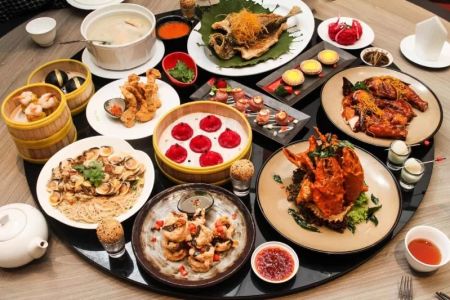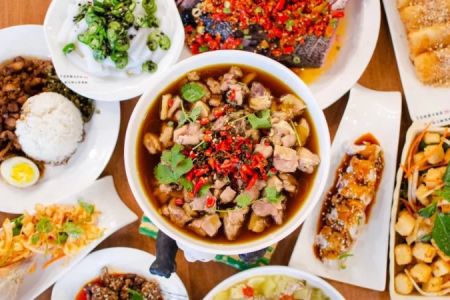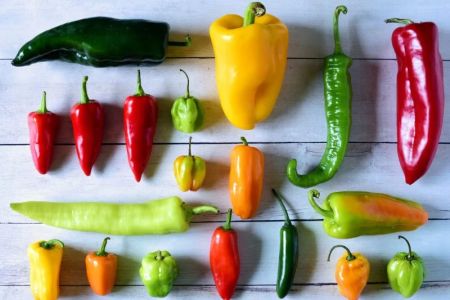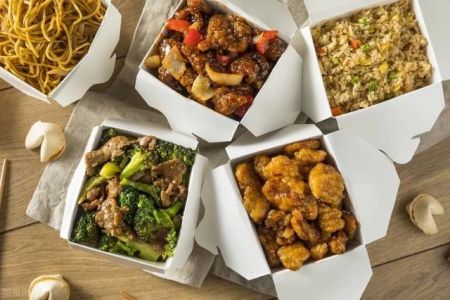- 1 - Elevating Vegetarian Chinese Cuisine
- 2 - Creative Plant-Based Dishes Beyond the Usual
- 3 - Regional Specialties with Vegetarian Twists
- 4 - Personal Experiences and Hidden Gems
- 5 - Planning Your Perfect Vegetarian Chinese Dining Experience
Elevating Vegetarian Chinese Cuisine
For decades, vegetarian options in Chinese restaurants were often limited to stir-fried vegetables, plain tofu, and the occasional noodle dish. Today, a growing number of chefs across the United States are redefining what vegetarian Chinese cuisine can be. These restaurants are creating dishes that rival their meat-based counterparts in depth of flavor, texture, and presentation. The shift comes from both rising demand for plant-based dining and a deeper appreciation for the diverse ingredients Chinese cooking offers.
From Tradition to Modern Creativity
While Buddhist vegetarian cooking has a long history in China, modern chefs are blending tradition with innovation. This means keeping the soul of classic recipes while introducing fresh techniques and unexpected flavor combinations. The result is a dining experience that appeals to both lifelong vegetarians and curious omnivores.
Creative Plant-Based Dishes Beyond the Usual
One of the most exciting developments in vegetarian Chinese dining is the inventive use of plant-based proteins. Beyond tofu, you might find king oyster mushrooms prepared to mimic scallops, or seitan transformed into sweet-and-sour “pork.” Some restaurants craft mock meats so convincing that even devoted carnivores do a double-take.
A Taste of Innovation
At a popular San Francisco spot, a signature “Peking Duck” is made entirely from wheat gluten, yet delivers the same crisp skin and savory aroma as the original. Another New York eatery serves “Kung Pao Chick’n” made from soy protein, balancing fiery chili heat with crunchy peanuts and a hint of sweetness. These dishes prove that vegetarian dining can be bold, indulgent, and full of surprises.
Regional Specialties with Vegetarian Twists
Chinese cuisine is deeply regional, and vegetarian-friendly restaurants are tapping into this diversity. Sichuan-style mapo tofu can be made without pork while retaining its signature numbing-spicy kick. Cantonese dim sum menus now feature mushroom dumplings, taro cakes, and steamed buns filled with mock roast pork. Even hearty northern noodle soups can be made rich and satisfying using vegetable broths and seasonal greens.
Preserving Authenticity
What makes these adaptations special is that they stay true to the essence of the dish. Chefs pay attention to seasoning, texture, and cooking technique so that the vegetarian versions feel authentic, not like watered-down imitations.
Personal Experiences and Hidden Gems
One memorable dining experience took place in a small Chinatown restaurant where the menu featured dozens of mock meat dishes alongside vegetable-based specialties. The owner, a lifelong vegetarian, shared stories about sourcing ingredients from local farms and experimenting in the kitchen to replicate the flavors of her childhood. These kinds of personal touches transform a meal into a cultural exchange.
Discovering Neighborhood Favorites
Outside of big cities, hidden gems can be found in suburban strip malls or near university campuses. They may not have fancy décor, but their food is made with heart, offering complex flavors and generous portions that keep regulars coming back.
Planning Your Perfect Vegetarian Chinese Dining Experience
When seeking out the best vegetarian Chinese restaurants, explore beyond your usual favorites. Ask about seasonal specials, which often feature locally sourced produce and innovative creations. Consider bringing friends who are open to trying plant-based dishes—it’s a great way to share plates and sample a wider variety of flavors. For curated recommendations and trusted spots, explore Chinese Food for guides on restaurants that consistently deliver exceptional vegetarian dining experiences.







